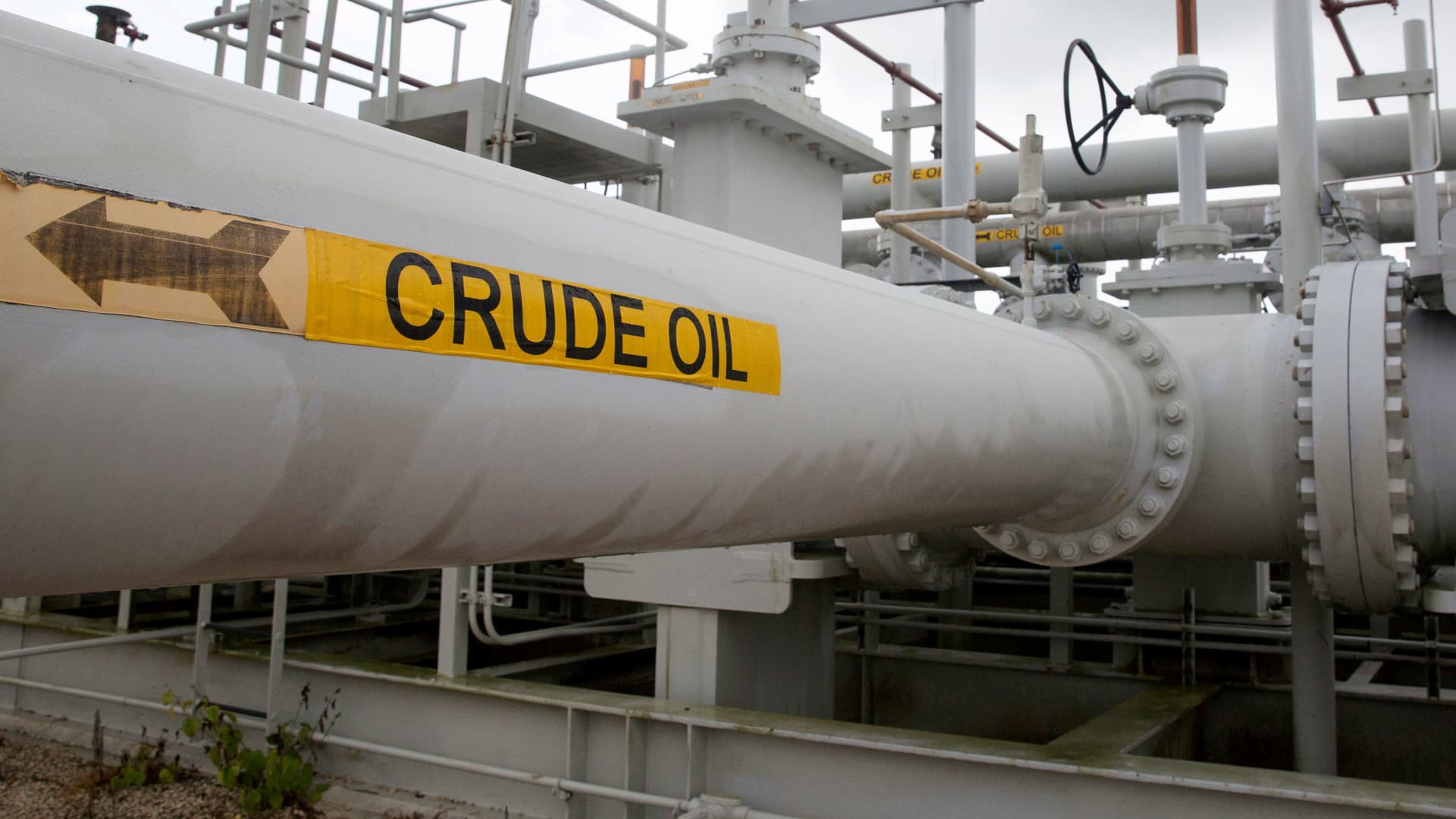Energy
Wednesday, February 28th, 2024 5:35 pm EDT
Key Points
- Crude oil futures, including West Texas Intermediate (WTI) and Brent, experienced a decline on Wednesday, with the WTI April contract dropping by 45 cents to $78.42 a barrel and the April Brent futures falling by 20 cents to $83.45 a barrel.
- U.S. commercial crude stocks rose by 4.2 million barrels last week, as reported by the Energy Information Administration, although this increase was lower than the 8.4 million barrel jump reported by the American Petroleum Institute. This rise in inventories correlates with a recent decline in the rate of crude processing by refineries in the U.S.
- Despite fluctuations, both U.S. crude and the global benchmark are poised for gains of 6.8% and 5%, respectively, for the month. First month futures contracts are trading at a premium to later months, typically signaling a tightening crude market. Additionally, OPEC+ is contemplating extending voluntary production cuts into the second quarter, aiming to limit downside risks to crude prices. Geopolitical tensions in the Middle East have also supported crude prices, although Goldman Sachs views the associated risk premium as modest, with crude production remaining unaffected by current conflicts.
Crude oil futures experienced a slight decline as U.S. crude inventories saw an uptick while OPEC+ deliberated extending production cuts into the second quarter. The April West Texas Intermediate contract dropped by 45 cents to $78.42 a barrel, while April Brent futures fell by 20 cents to $83.45 a barrel. U.S. commercial crude stocks increased by 4.2 million barrels last week, although this rise was lower than the 8.4 million barrel surge reported by the American Petroleum Institute. This inventory growth corresponds to a recent decline in the rate of crude processing by refineries in the U.S. Despite these fluctuations, both U.S. crude and the global benchmark are set for gains of 6.8% and 5%, respectively, for the month, with immediate futures contracts trading at a premium to later months, indicating a tightening crude market. OPEC+ is contemplating extending voluntary production cuts into the second quarter, aiming to limit downside risks to crude prices. However, the cartel’s withheld spare capacity is expected to cap upside risks, maintaining Brent within a range of $70 to $90, according to Goldman Sachs. Additionally, crude prices have received support from geopolitical tensions in the Middle East, including escalating conflicts on the Israel-Lebanon border and ongoing Houthi militant attacks on commercial shipping in the Red Sea. Despite these factors, Goldman Sachs views the geopolitical risk premium in oil prices as modest, with current conflicts having minimal impact on crude production.
For the full original article on CNBC, please click here: https://www.cnbc.com/2024/02/28/crude-oil-prices-today-wti-brent-higher-as-us-crude-stocks-rise.html




